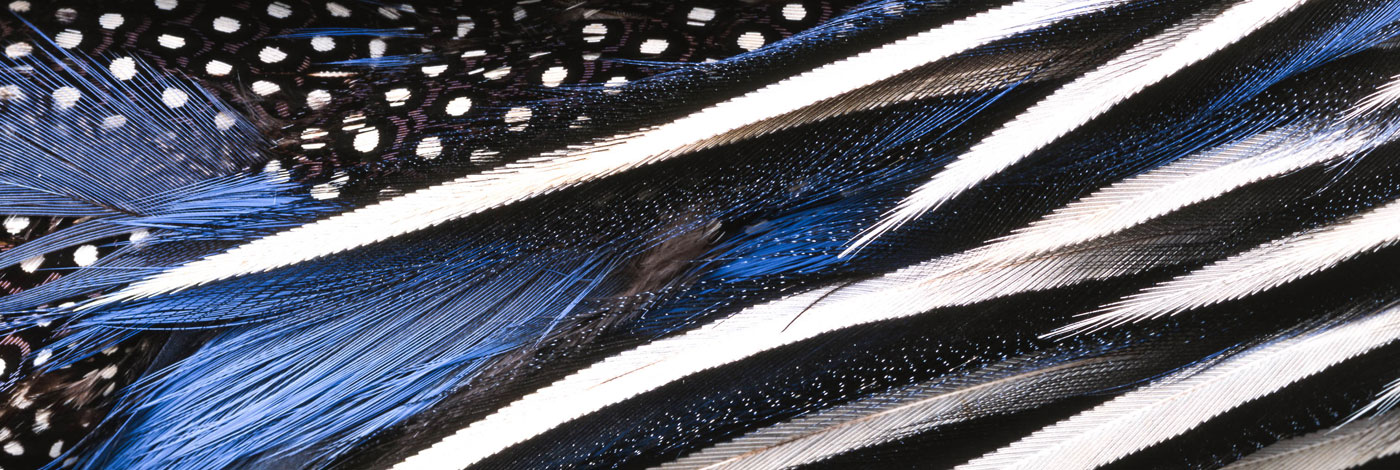

 Zoosystema
47 (10) - Pages 139-149
Zoosystema
47 (10) - Pages 139-149The endemic subgenus Platyzabrus Jeanne, 1968 has two species with restricted distributions in the Iberian Central System Mountains. Both species are morphologically very close, being the aedeagus the only unequivocal character for differentiation. A total of 244 specimens have been studied, providing a detailed chorology. A morphometric study has been developed measuring 54 specimens, and multivariate (CDA, ANOSIM) and univariate (ANOVA/ANCOVA) analyses have been used to detect subtle differences in body proportions among three geographical units. The only characters that morphometrically discriminate Zabrus (Platyzabrus) constrictus Gräells, 1858 (Béjar) from Zabrus (Platyzabrus) pecoudi Colas, 1942 (Gredos and La Serrota), apart from the size, are MEW (maximum elytral width) and HL (head length). Also, presence/absence of pronotal setae has been evaluated as a distinctive character between species. The specimens from the Sierra de Gredos and La Serrota (Z. (P.) pecoudi) have a bilateral pronotal setigerous pore (sometimes unilateral), that appears also in a few specimens from the Sierra de Béjar (Z. (P.) constrictus). Any Platyzabrus specimen with bilateral absence of these pores belongs to Z. (P.) constrictus (Béjar), but when the pore is present it is necessary to study the aedeagus, and in the case of females to carry out a morphometric analysis and take into account chorological data. Both species are allopatric nowadays. This study suggests that original populations became isolated and underwent rapid speciation and aedeagus differentiation, probably due to founder effect and genetic drift; body size reduction of Sierra de Gredos population was possibly posterior to the speciation of both taxa.
Zabrini, morphometrics, Iberian Peninsula, Spain, Central System mountains